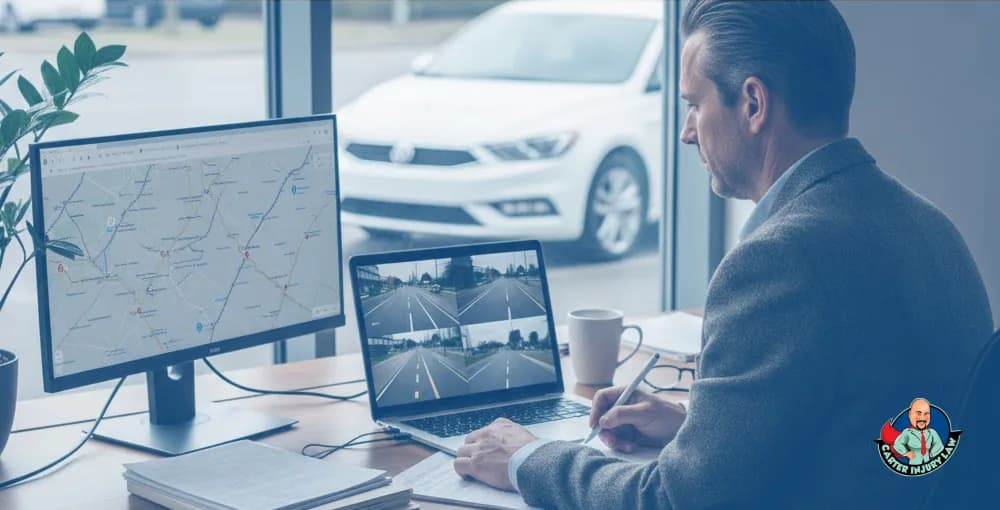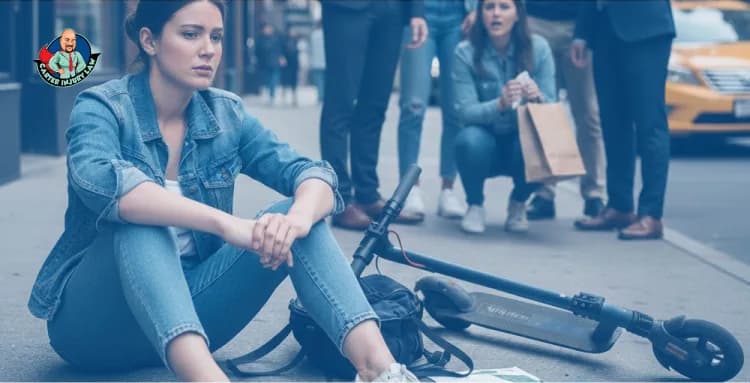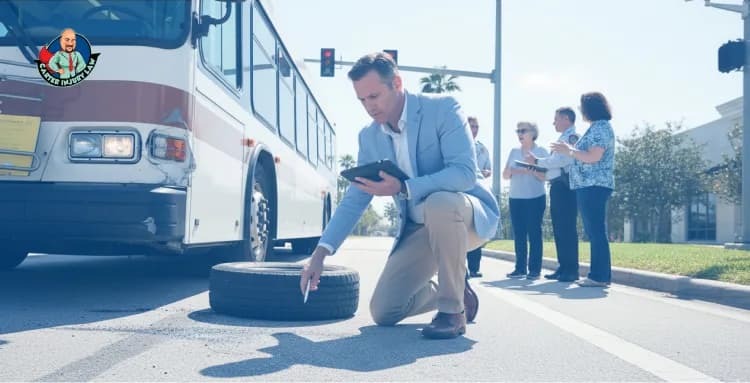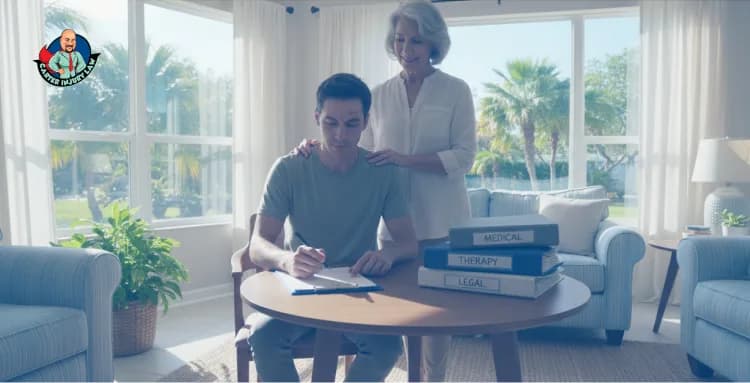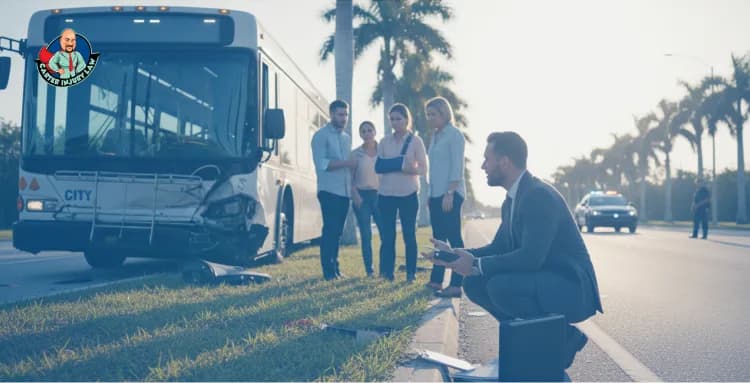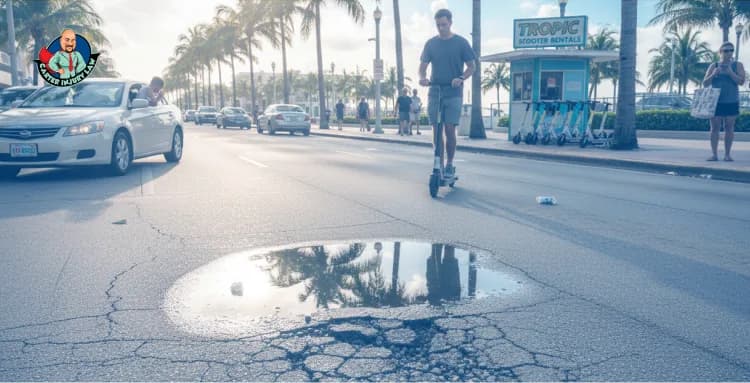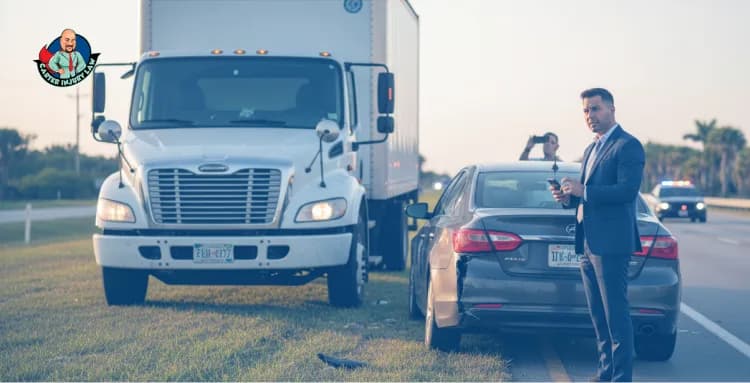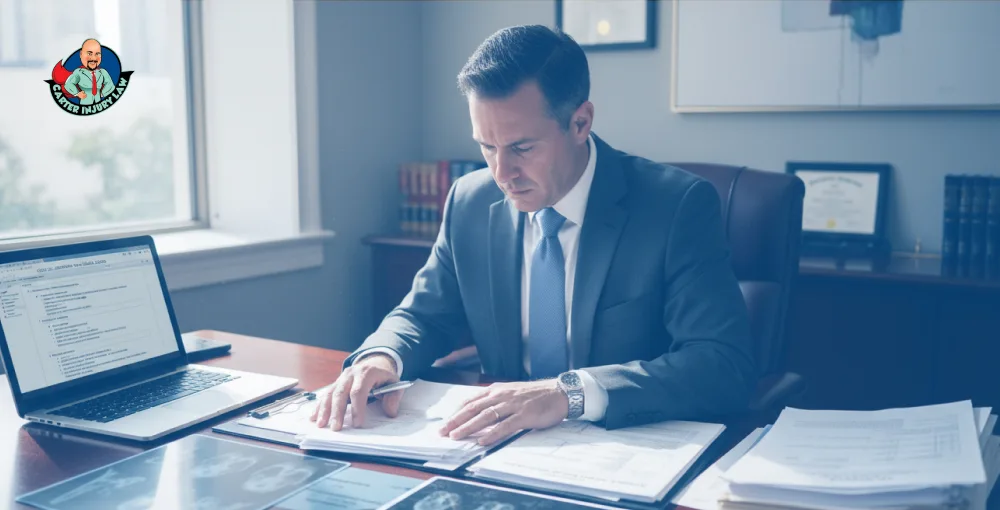Accidents between golf carts and cars are no longer a rarity in Florida’s neighborhoods. What was once a quiet ride to the clubhouse or a leisurely spin around the block can suddenly turn into a dispute about responsibility, insurance, and medical bills. Unlike ordinary car accidents, these collisions bring a special kind of confusion because golf carts live in a legal gray zone.
As an attorney who has guided many Floridians through this very situation, I can assure you the question is not as simple as asking, “Who hit who?” Liability depends on state laws, insurance coverage, and sometimes even the design of the neighborhood itself.
So when a golf cart and a car collide just outside your front door, who truly ends up paying the price? The answer may surprise you...
(1) Golf Cart vs Car Accidents in Florida, An Overlooked Legal Problem
A golf cart, in legal terms, is a vehicle designed for speeds under 20 miles per hour, usually restricted to golf courses, gated communities, and local roads approved by municipalities. By contrast, once a cart is modified to travel between 20 and 25 miles per hour, it graduates into the category of a low-speed vehicle (LSV), which places it squarely under motor vehicle regulations. That small jump in speed can mean the difference between an accident being handled like a casual mishap or being treated as a full motor vehicle claim.
Cars, of course, require insurance, registration, and compliance with Florida’s no-fault system. Golf carts, however, often carry none of those requirements unless classified as LSVs. This gap creates the very confusion that so many families encounter after an accident.
And this naturally brings us to the heart of the matter. If an accident does occur, who can actually be held responsible? the golf cart driver or the car driver, the owner of the cart, or perhaps even someone else entirely?
(2) Who Bears Responsibility When a Neighborhood Collision Occurs?
When a golf cart collides with a car, neighbors often assume that blame is obvious. Yet in Florida law, responsibility is rarely that simple. Liability may rest with more than one party, and sometimes it extends to people who were not even present at the accident scene.
The Golf Cart Driver
If the cart operator was speeding, distracted, or ignoring posted signs, the law will likely point to that driver as the primary cause. Even though a golf cart seems less serious than a car, negligence is negligence, regardless of the vehicle’s size or speed.
The Car Driver
On the other hand, when a motorist is careless, such as failing to yield, driving too fast through a residential street, or becoming distracted, the balance of fault may shift. Car drivers have a duty to anticipate golf carts in communities where they are common. Failing to do so may expose them to liability.
The Golf Cart Owner
Florida applies what is known as the dangerous instrumentality doctrine. This doctrine holds that if you lend out your golf cart, you may still be legally responsible for the damage caused, even though you were not driving. Many owners are caught off guard by this rule, but it remains a powerful part of Florida liability law.
Property Owners and HOAs
Sometimes, accidents happen because of poor maintenance of neighborhood roads, inadequate signage, or poorly marked golf cart crossings. In such cases, homeowners associations or property managers may share the blame. These situations tend to be complex, requiring close examination of contracts, bylaws, and maintenance records.
Manufacturers and Mechanics
In rarer cases, a golf cart accident stems from a mechanical defect or faulty repair. Here, the manufacturer or repair shop may bear responsibility. While less common, these cases remind us that liability can stretch far beyond the immediate drivers.
It becomes clear that Florida law casts a wide net when assigning responsibility. Yet even once liability is determined, the question remains, how does insurance coverage actually come into play when one party drives a car and the other a golf cart?
(3) Florida’s Comparative Negligence Rule and How It Shapes Outcomes
In a lot of accidents, it’s often not just one driver at fault. Florida follows what is known as the comparative negligence rule, which means that liability is divided according to each party’s share of responsibility.
Under this rule, a jury or insurance adjuster may decide, for example, that a golf cart driver was 40% at fault for driving too fast through an intersection, while the car driver was 60% at fault for failing to yield. In that case, the injured golf cart driver may still recover damages, but their compensation would be reduced by 40 percent.
In my practice, I have seen golf cart drivers found partly responsible for carrying too many passengers, while the car driver was faulted for distracted driving. The law does not excuse either party simply because the other was careless. Instead, responsibility is carefully measured, often down to the smallest detail of how the accident unfolded.
This rule means you may seek compensation even if partly at fault, though your recovery decreases with greater blame. Early investigation, evidence collection, and legal guidance are necessary.
(4) Insurance Coverage After a Golf Cart vs Car Accident
Once the fault is determined, the next question is, whose insurance will pay the bills? In Florida, the answer rests on how the law classifies the golf cart and whether the parties involved prepared themselves with the right coverage. Most drivers assume every vehicle on the road must be insured, but state law does not require ordinary golf carts to carry insurance. Yet once a cart qualifies as a low-speed vehicle capable of 20 to 25 miles per hour, it is treated as a motor vehicle, requiring registration, minimum insurance, and compliance with no-fault rules.
Some families believe their homeowner’s policy will protect them in the event of a neighborhood accident, but that is rarely the case. Most policies exclude coverage once the cart leaves the property, and even within gated communities, the terms can vary sharply. When a car driver is at fault, their auto insurance usually pays for damage and injuries. However, when the golf cart driver bears responsibility and no separate policy exists, matters grow more complicated, often forcing victims to pursue the driver or owner personally.
For this reason, I often advise clients to consider optional golf cart insurance. It is not required by law for standard carts, but it can prevent serious financial hardship. Without coverage, a single neighborhood collision can burden a family with medical bills, lawsuits, and long-term financial stress. In my view, such protection is less a luxury than a safeguard against the unexpected.
(5) What To Do After a Golf Cart vs Car Accident
The minutes and hours following a neighborhood accident often shape the entire outcome of a claim. As an attorney, I can confirm that the strength of a case is established from the start. I advise my clients to take the following steps without delay:
Call Authorities and Report the Accident
Even in a quiet residential street, it is essential to involve law enforcement. A police report provides an official record, which later becomes invaluable when insurance companies or courts ask for proof.
Gather Evidence on the Spot
Take photographs of both vehicles, the roadway, and any visible injuries. Collect the names of witnesses. From my time as a lawyer, evidence gathered in the moment is far more persuasive than memories reconstructed weeks later.
Seek Medical Attention Without Delay
Do not dismiss pain as “just soreness.” Hidden injuries often surface hours or days after a collision. Medical records serve a dual purpose: they safeguard your health and they document the direct connection between the accident and your injuries, which insurance companies often contest.
Notify Your Insurance Company urgently
Contact your insurance company as soon as possible, whether you were in the golf cart or the car. Delays give insurance companies grounds to question the legitimacy of your claim. I always remind clients that the words they use when reporting matter; stick to facts and avoid speculation.
Consult a Lawyer Before Problems Multiply
Perhaps the most overlooked step is seeking legal guidance early. In my experience, people wait until insurance companies begin denying claims or shifting blame, by which time their position is weakened. A lawyer can step in immediately, ensuring that your rights are protected and that fault is assessed fairly.
(6) Why My Role as Your Lawyer Can Change the Outcome of Your Case
When a golf cart collides with a car, life does not pause to make sense of it. The truth is rarely simple. Insurance companies will argue, neighbors will hesitate, and the people caught in the middle are often left wandering through a swarm of forms and unanswered calls.
In my work at Carter Injury Law, I have seen families pressed under the weight of medical bills, repair costs, and wages that never arrive. My purpose is not just to fight but to restore balance, to remind powerful institutions that your suffering is not negotiable.
There is also the quieter truth. You should be free to heal without the constant noise of dispute. That is what we take on, along with the evidence, the negotiations, and if it comes to it, the courtroom, so that you can breathe again. And because we work on a contingency fee basis, you owe nothing unless we succeed. Reach out to Carter Injury Law, and let us carry this weight with you.




